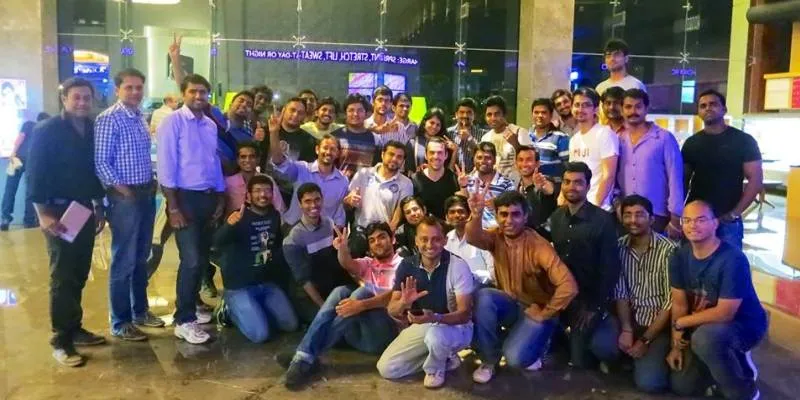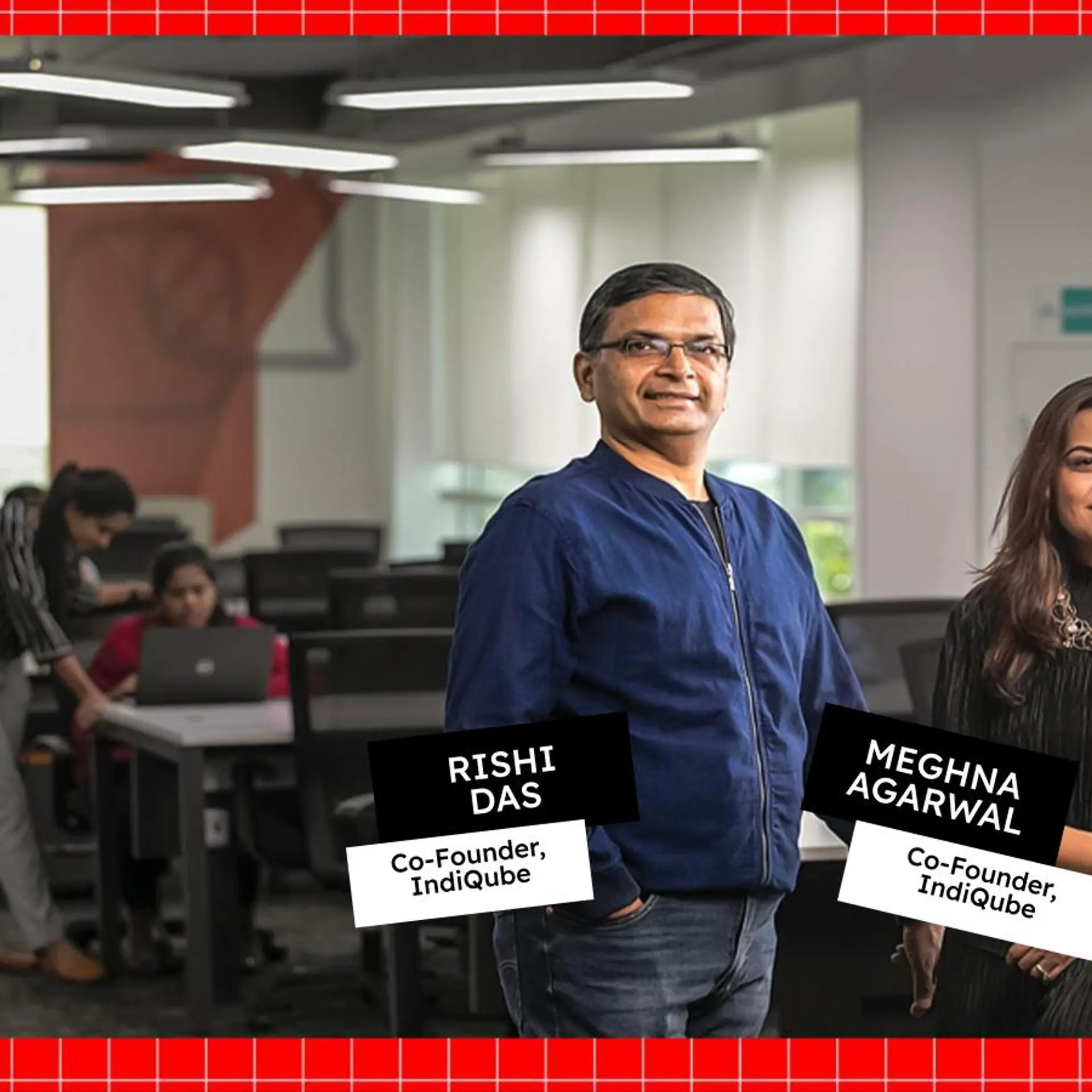What India taught Xiaomi: On Flipkart, lessons and future plans with Hugo Barra, VP Global
If I told you that Xiaomi, as a company, has more in common with Flipkart than with Samsung, you’d probably smirk at my naivete. But the fact is that Xiaomi, although a market leader in the smartphone category in China, a title which it snatched away from Samsung, calls itself an ecommerce company and a mobile internet company.
"Xiaomi is a software and ecommerce company that just happens to manufacture hardware,” says Hugo Barra.

Working with Flipkart

This was the reason why Xiaomi decided to work with Flipkart when it planned to launch in India. Xiaomi has been practicing the weekly flash sale model to sell its phones since the very beginning.
“It (the flash sales model) is different in every new market that we go into. In India, we chose Flipkart because it is a technology company. We (Xiaomi and Flipkart) see eye to eye on things; we have both built ecommerce platforms and we both know what it means to sell products online. We have, together, perfected the model here in India and we are going to evolve a lot,” says Barra.
In India, exclusive brand tie-ups in the online segment have seen an exponential upward trend in the aftermath of the success of Motorola-Flipkart deal. The deal was Motorola’s bid to make a reentry into the Indian market and it turned out to be a roaring success with the company selling over a million units of its Moto X, Moto G and Moto E devices.
"The Xiaomi partnership has been a unique one. While we have worked with global brands on exclusive partnerships before, the sales model we followed with Xiaomi was the first of its kind in this country," says Michael Adnani, VP – Retail and Head – Brand Alliances at Flipkart.
For Xiaomi, which is called just Mi (pronounced ‘mee’) in India, the exclusive deal with Flipkart has seen over 100,000 units of its flagship Mi3 being sold in less than three months time. The company has since defocused itself from Mi3 sales.
"This partnership gave us unique exposure to demand generation and marketing. It also tested our technological capabilities – and helped us further streamline the user experience on our site with every sale. And our ability to cater to these customers across the length and breadth of the country is also rapidly developing with each partnership," adds Adnani.
Mi is currently focused on selling its low-priced RedMi 1S via the same platform. The device priced at 5,999 has already sold 40,000 units in its first flash sale which lasted for a mere 4.2 seconds.
"We have set new records with the Mi3 and Redmi – selling out 20,000 – 40,000 phones in the matter of two to four seconds. This, in spite of the fact that the flash sale model had never been tried before in Indian e-commerce. This is a sure indicator of the fact that online shopping in India, along with its customers, is finally coming of age. More and more customers are willing to experiment and trust the online model as long as they see value in it," explained Michael.
Michael spoke about Flipkart's learnings in terms of technology. "Additionally, of course, there have been the technology learnings we have gained from each and every sale. We have dealt with unprecedented traffic and learned from the initial hiccups, scaling up each time to ensure that the subsequent user experience is smoother and more seamless. This has helped us test our claims of agility and scale in our technology to the fullest."
Watch the first part of the YourStory interview with Hugo Barra below:
For Hugo Barra, who has moved to India to oversee the first few months, new learning has been in abundance.
"The Indian consumer is probably the most demanding consumer I have encountered in my career," observes Barra.
A few key learnings about the Indian consumer
Indian consumers know what they want
“They are incredibly vocal and they are not afraid to complain when they think something isn’t right,” says Barra. “That’s an amazing thing because it raises our bar; and it raises our bar, globally,” he adds.
In India, accessories matter as much as the device itself
With Mi3, Xiaomi couldn’t make the accessories available at the same time as the launch. But with RedMi 1S it has ensured that the accessories are available from Day 1. The first thing that Indians look for after they buy a device is a screen protector. Xiaomi learnt this from its first device sale and has since added two screen protectors as part of its RedMi 1S package.
The power of ‘Word of mouth’
“We have learnt that the power of ‘Word of mouth’ in India is absolutely second to none,” says Barra. The Mi India fan page on facebook has over 50,000 likes and Barra claims that the demand that they have generated with these followers is comparable to that of bigger players who have millions of followers, a testimony to the power of ‘word of mouth’.
With the kind of interest that Xiaomi has generated in such a short period in India, the team is looking to build a significant presence in India. The first step, perhaps, towards doing that was rebranding to ‘Mi’ as Xiaomi looks to become a global brand. The plans for India include a bigger team, an R&D facility and several other pointers.

Mi’s future plans for India
A significant presence in Bangalore
Mi, which is currently based out of a small one-room space in Cessna Business Park, Bangalore is set to move into a large office that will cater to basic operations, logistics and a social media marketing team. The company is also looking to build a substantial software engineering presence as it looks to build more and more products that are well-catered to the use case in India.
Global R&D centre in India
“We think that India is a very good place to have a global R&D centre. We will complement our R&D capabilities in China with R&D capabilities here in India,” says Barra. The R&D facility will also be used to build products to cater to markets other than India.
Customer support centres
Mi’s focus in India is also on customer service and after sales support. Exclusive service centres have already been started in Delhi and Bangalore, and the new ones are expected to come up in Chennai, Hyderabad, Mumbai and Gurgaon.
A social space for Mi fans and a ‘Mi home’
Mi fans are an essential part of the Xiaomi ecosystem and have driven the company forward in China. Xiaomi wants a similar setting in India and hence, a social space for Tech talks and user get-togethers at its new office. In addition to this, a space dedicated to Mi products where users can come and play with them as they like. The space would include a facility for customer care for any issues that users face.
‘Indianizing’ the MiUi themes and the Mi bunny
MiUi comes with themes that users can download and use to change the whole look and feel of the device. The Mi team is working with the design community in India to build very specific Indian themes. Mi bunny which is Xiaomi’s mascot is also set to go Indian with plans to dress it up in Indian outfits.

Xiaomi has evidently captured the Indian consumer’s mindshare and should now capitalize on that to build a great Indian brand.
Watch out for the second part of this interview, where we speak to Hugo Barra about Xiaomi’s ‘Apple of China’ tag and his views on the Chinese market.







